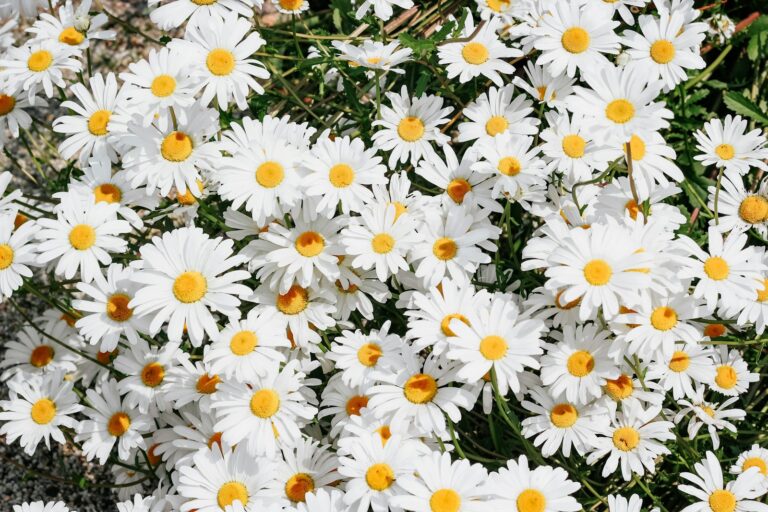
Welcome to our comprehensive guide on spiritual plants and their meanings. In this article, we’ll explore various plants that hold significant meaning in different cultures and belief systems. We will also discuss how these plants are used for spiritual growth, rituals, and ceremonies. So, buckle up as we delve into the fascinating world of spiritual plants!
What Are Spiritual Plants?
Spiritual plants, also known as sacred or medicinal plants, have been used for thousands of years by different cultures for their healing properties, religious rituals, and spiritual growth. These plants are believed to possess special powers that can connect individuals with the divine or help them achieve a deeper understanding of themselves and the universe.
Top Spiritual Plants and Their Meanings
1. Cannabis (Marijuana)
Cannabis is considered a sacred plant in many cultures, particularly in Hinduism, where it’s used in religious rituals such as Shiva worship. In some Native American tribes, cannabis is also held in high regard for its medicinal properties and spiritual significance.
2. Peyote (Lophophora williamsii)
Peyote is a small cactus native to Mexico and the southwestern United States. It contains mescaline, an active ingredient that produces hallucinogenic effects when consumed. For centuries, peyote has been used by Native American tribes for spiritual purposes during their ceremonies.
3. Ayahuasca (Banisteriopsis caapi)
Ayahuasca is a powerful Amazonian plant medicine made from the Banisteriopsis caapi vine and other psychoactive plants. It’s been used by indigenous people in South America for thousands of years as a spiritual tool to connect with the spirit world, heal past traumas, and gain insight into one’s life path.
4. Mugwort (Artemisia vulgaris)
Mugwort is an herb used extensively in witchcraft and shamanic practices. It’s believed to be a protective plant that can ward off negative energy and spirits. In ancient times, mugwort was also used as a dream herb, helping individuals remember their dreams and gain insight from them.
5. Cacao (Theobroma cacao)
Cacao is considered the “food of the gods” by many ancient cultures, including the Mayans and Aztecs. It was used in religious ceremonies to promote feelings of love, unity, and connection with the divine. Today, cacao is still revered for its spiritual properties and is often used during meditation and healing sessions.
6. Blue Lotus (Nymphaea caerulea)
The blue lotus is a sacred flower in ancient Egyptian culture, associated with rebirth, fertility, and spiritual awakening. It was often depicted in art and used in various religious rituals to invoke feelings of peace, love, and ecstasy.
7. Sage (Salvia officinalis)
Sage is a powerful cleansing plant commonly used in Native American and other indigenous cultures for smudging ceremonies. This involves burning sage leaves to purify the space and remove negative energy.
How Spiritual Plants Are Used
Spiritual plants are typically used in rituals, ceremonies, or meditation practices to help individuals connect with their higher selves and the divine. Here’s a closer look at how these plants are employed:
- Smudging: Burning herbs like sage, cedar, or sweetgrass is a common practice among many indigenous cultures to cleanse and purify spaces, objects, and individuals.
- Tea or infusions: Some spiritual plants can be brewed into teas or infusions for medicinal purposes or spiritual growth. For example, ayahuasca tea is used in Amazonian shamanic rituals to gain insight into one’s life path.
- Topical applications: Essential oils extracted from spiritual plants like frankincense and myrrh can be applied topically to the skin for healing purposes or used during meditation to enhance spiritual connections.
- Ingestion: Certain spiritual plants, such as peyote and psilocybin mushrooms, are consumed to induce altered states of consciousness and facilitate spiritual growth.
- Ritual offerings: Many cultures use spiritual plants as offerings to deities or ancestors during religious ceremonies to seek guidance, protection, or blessings.
Conclusion
Spiritual plants play a crucial role in various belief systems worldwide. By understanding their meanings and uses, we can appreciate the profound connection between humans and nature, as well as gain insights into different cultures’ spiritual practices. As you explore these fascinating plants, remember that they offer more than just medicinal properties – they hold deep symbolism and serve as powerful tools for personal growth and transformation.





